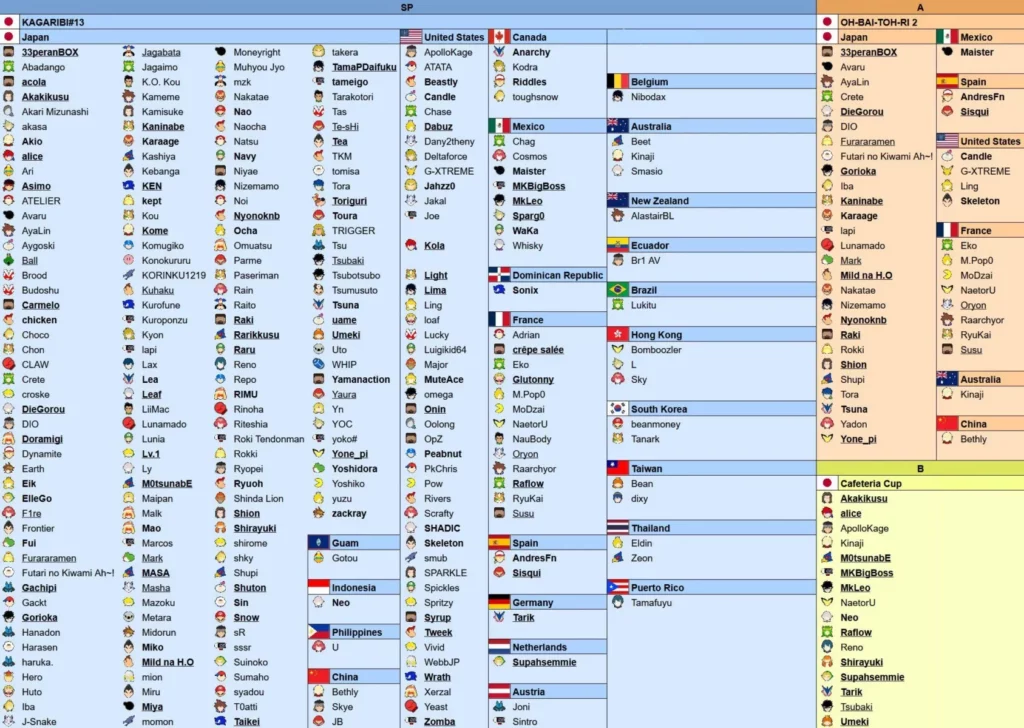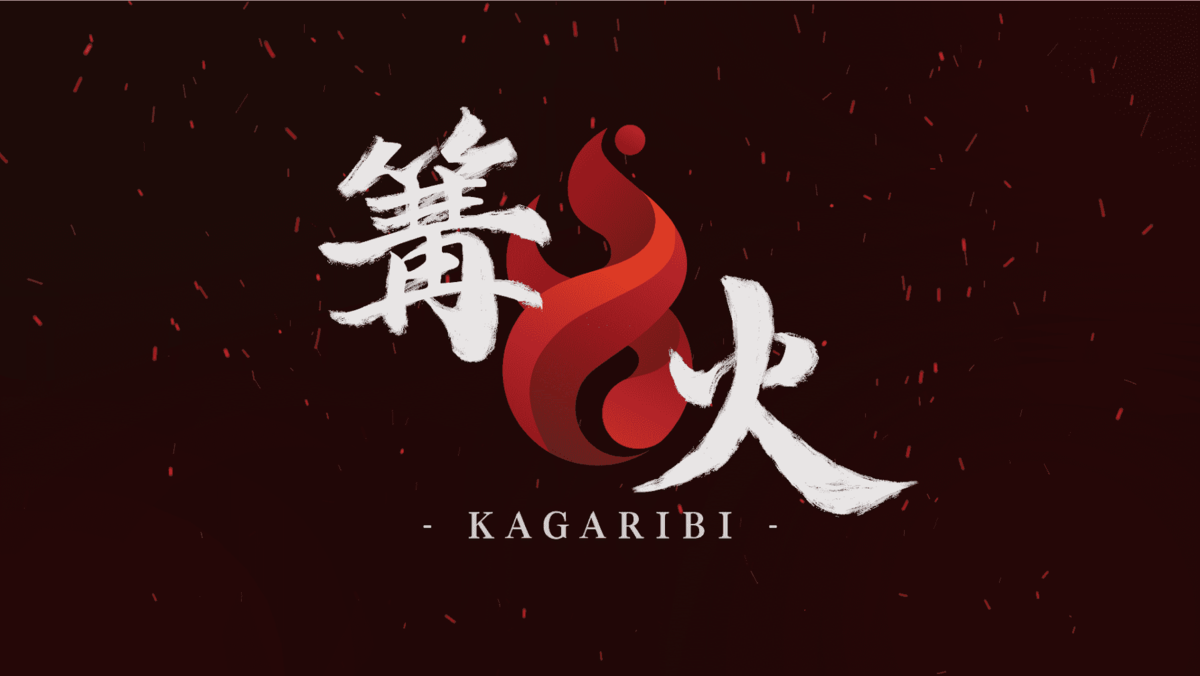Kagaribi #13 is anticipated to be the most prestigious Super Smash Bros. Ultimate tournament of the year so far, showcasing elite players from across the globe.
From May 4th to the 5th, thousands of Smash enthusiasts will gather in Saitama, Japan to compete for glory. While the event has a cap of 2,500 registered competitors—not the highest entrant count for a Smash Major—it stands out as the largest tournament of the year due to the exceptional concentration of Major winners in the bracket.
Here’s everything you need to know to follow the nonstop action at Kagaribi #13.
Who to Watch at Kagaribi #13
Highlighting the competitors is challenging with such a stacked roster: 44 of the world’s top 50 players, 83 of the top 100, and 32 past Major winners will be present. Unlike previous high-caliber Majors, participants are traveling from around the world, reflecting Super Smash Bros. Ultimate’s growing global appeal over recent years. As expected, Japan will be well-represented with stars including acola, KEN, Miya, Tea, Yoshidora, and zackray in attendance. However, top player Hurt is notably absent from the lineup.
The United States is sending its finest competitors, with Dabuz, Kola, Light, Tweek, and Zomba all registered for the tournament. Mexico’s contingent includes Chag, Maister, MkLeo, and Sparg0, while France will be represented by Glutony. This tournament will also mark Riddle’s final Smash appearance before officially transitioning to Street Fighter 6.

Tournament Format and Schedule
On Day 1 of Kagaribi #13, all participants—including professional players—will compete in Pools. These matches will follow a double-elimination format, giving players who lose one chance to remain in contention by defeating their next opponent in the Loser’s bracket. These matches will determine which competitors advance to the Top 8 on Day 2.
The Top 8 will also follow the double-elimination format, with victorious players progressing through the Winner’s bracket while defeated competitors must fight through the Loser’s bracket to stay in the tournament. The winner of the Loser’s bracket will advance to Winner’s Semis, competing for a spot in the Grand Final. The Grand Final will be a best-of-five series instead of the standard best-of-three. If a player from the Loser’s bracket reaches the Grand Final, they must win two best-of-five series to claim the championship. While the exact schedule hasn’t been released, it’s expected to mirror last year’s Kagaribi #12, which was structured around the Japanese time zone:
Sunday, May 5th
- 11:00: Pools Wave A
- 16:30: Pools Wave B
- 22:00: End of Day 1
Monday, May 6th
- 10:00: Top 192 Begins
- 14:30: Top 8 Begins
Time Zone Conversion: ZoneDay 1 StartDay 2 StartTop 8 PDT7:00 PM Sat.6:00 PM Sun.10:30 PM Sun. MDT8:00 PM Sat7:00 PM Sun.11:30 PM Sun. CDT9:00 PM Sat.8:00 PM Sun.12:30 AM Mon. EDT10:00 PM Sat.9:00 PM Sun.1:30 AM Mon. BST3:00 AM Sun.2:00 AM Mon.6:30 AM Mon. CEST4:00 AM Sun.3:00 AM Mon.7:30 AM Mon. JST11:00 AM Sun.10:00 AM Mon.2:30 PM Mon. AEST12:00 PM Sun.11:00 AM Mon.3:30 PM Mon.
How to Watch Kagaribi #13
The English broadcast for all Kagaribi #13 matches will be available on VGBootCamp’s Twitch channel. It’s worth noting that Japanese tournaments are prohibited from offering prize pools, making this event purely about climbing the LumiRank and establishing dominance within the Super Smash Bros. Ultimate community.
Viewers can expect intense competition and passionate gameplay throughout the tournament, as the world’s elite players journey to Japan solely for the honor of being crowned champion.
